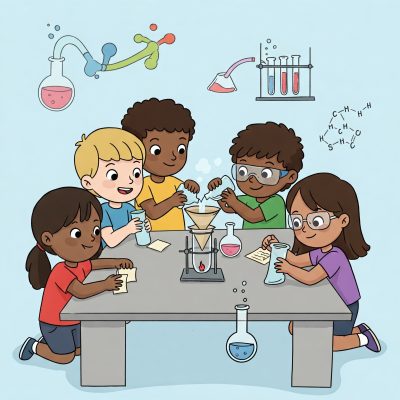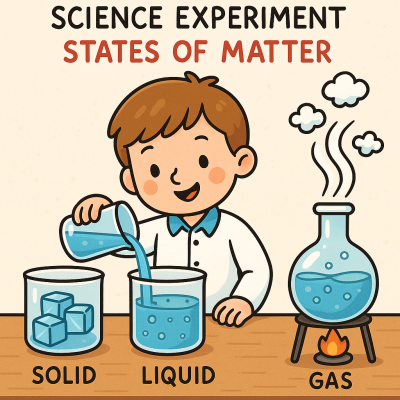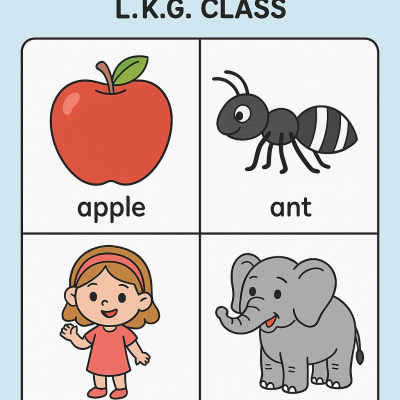Science Experiment on Filtration for Class 5th and 7th
The filtration experiment conducted by Grade 5 and 7 students at Ziva Child Care Academy was an engaging and educational hands-on activity that demonstrated how insoluble solids can be separated from liquids. Using simple materials like sand, water, filter paper, and a funnel, students observed the purification process firsthand. They learned how filtration works in real-life applications, such as water treatment systems, and why clean water is essential for daily life. The experiment not only reinforced scientific concepts but also encouraged critical thinking and teamwork among the students.
This activity was designed to make science interactive and fun while helping students understand fundamental principles of chemistry and environmental science. By comparing the cloudy mixture before filtration with the clearer water afterward, they could visually grasp the effectiveness of filtration. Optional steps, like using activated charcoal, introduced them to advanced purification methods. The experiment successfully sparked curiosity and left students with a deeper appreciation for how science solves real-world problems. This practical learning experience aligns with Ziva Child Care Academy’s mission to foster inquiry-based education in a dynamic and engaging way.
Materials Used:
A mixture of sand and water
Filter paper or a coffee filter
Funnel
Beaker or clear glass
Stirring rod
Clean container for filtered water
Optional: Activated charcoal (to demonstrate advanced filtration)
Procedure:
Preparation of the Mixture:
Students mixed sand and water in a beaker to create a dirty water solution.
They stirred the mixture well to ensure the sand was fully suspended in the water.
Setting Up the Filtration System:
A funnel was placed on top of a clean beaker.
A filter paper (or coffee filter) was folded and placed inside the funnel.
Performing Filtration:
The sand-water mixture was slowly poured into the funnel.
Students observed how the filter paper trapped the sand particles while allowing clean water to pass through.
Observation & Comparison:
The filtered water was compared with the original dirty water.
(Optional) A second filtration using activated charcoal was performed to show how additional filtration removes finer impurities.
Observations:
The initial mixture was cloudy due to suspended sand particles.
After filtration, the water in the second beaker appeared clearer.
The filter paper retained the sand, proving that filtration effectively separates insoluble solids from liquids.
Learning Outcomes:
Understanding the principle of filtration.
Recognizing the importance of clean water and filtration in daily life.
Developing observational and analytical skills.
Conclusion:
Through this experiment, students learned that filtration is a simple yet effective method for separating mixtures. They understood its real-world applications, such as in water treatment plants and household filters. The hands-on activity enhanced their comprehension of scientific concepts while fostering curiosity about environmental science.
Table of Contents
Toggle



